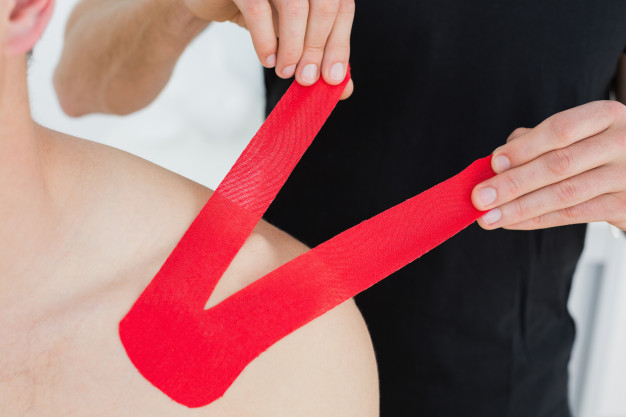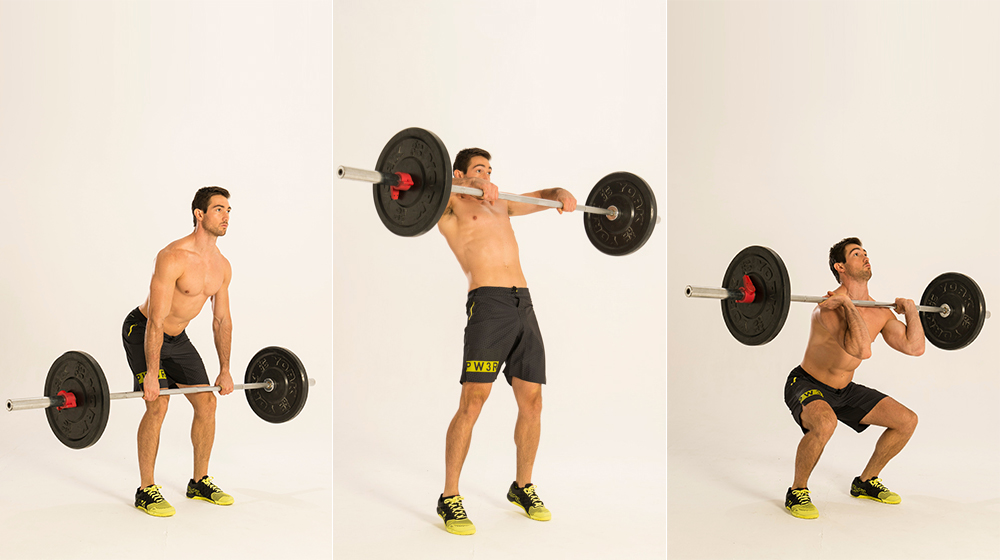Functional mobility issues are quite common among people who have sustained injuries or those with orthopaedic problems.
In most such cases, doctors recommend physical therapy and some sort of bracing to help along the recovery process. One specific mode of treatment that’s often suggested by physical therapists is Kinesiology taping.
Understanding Kinesiology Taping
Most people think of Kinesiology taping as some fancy athletic tape. Usually seen on athletes’ bodies during sporting events, these colourful bands have more to them than meets the eye.
Developed in the 1970s, the tape is made from a highly stretchable material that supports and limits muscular motion.
While athletic tape is relatively inflexible, kinesiology tape is very flexible, facilitating movement while preventing spasms or resultant pain.
It also encourages the circulation of the blood in the muscles, as opposed to the binding nature of athletic taping.
How Does It Work?
The first step when applying Kinesiology tape is to conduct a thorough evaluation of the injury. Trained therapists will examine the injury before creating a taping plan that will generate unsought support to stabilize the injured area.
The tape is then applied to the affected area and gently rubbed in to activate the adhesive. The tape increases the flow of blood in the affected muscle area by gently lifting the skin.
It also stabilizes the weakened muscles, which reduces the pain and promotes natural healing.

Benefits of Kinesiology Taping
Kinesiology taping is usually used as part of a complete rehabilitation process. By taking the pressure off damaged areas, it allows the ligaments and muscles in the surrounding area to heal. Other benefits of Kinesiology taping for injury recovery include:
Improved Alignment — Often, during the post-injury recovery period, other parts of the body are forced to take on additional pressure to make up for the affected muscles. This can throw off the body’s musculoskeletal alignment. Kinesiology taping can ensure the muscles stay aligned with the spine, thereby reducing the risk of any soreness and joint pain.
Reduced Pain — Post-injury swelling and pain are a common part of the recovery process. Kinesiology taping can reduce the pain and swelling by pulling fluids away from the affected area and reducing the muscular tension causing the pain.
Injury Prevention — For athletes who have certain areas of vulnerability in their musculoskeletal structure, it’s better to get Kinesiology taping done on the affected areas. This will ensure the muscles don’t unnecessarily strain and have more stability. It also increases the space between joints, preventing joint pain and decreasing the chance of developing arthritis in the future.
Contact Our Sports Medicine Experts in The Greater Toronto Area!
Sports & Exercise Medicine Institute offers precise diagnoses and state-of-the-art medical and physiotherapy for sports-related injuries and their impact on athletes in the Greater Toronto Area.
As one of the most trusted sports medicine and physiotherapy clinic, our experienced team of medical doctors and sports medicine experts offer innovative treatment options and effective injury recovery and rehabilitation programs to our patients.
Our services include sports massage therapy, physiotherapy, foot pain podiatry, PRP injections, custom knee braces, shockwave therapy, massage therapy, pelvic health physiotherapy, concussion treatments, and neck and shoulder pain treatments.
Contact us now to schedule an appointment!






